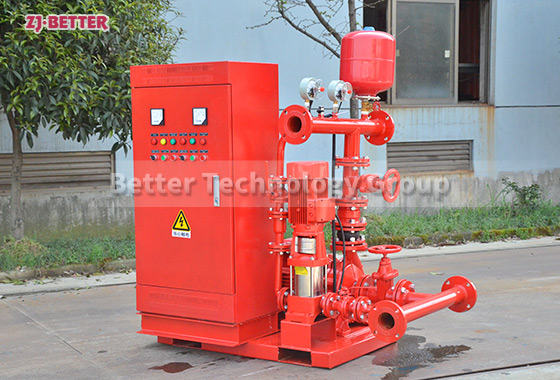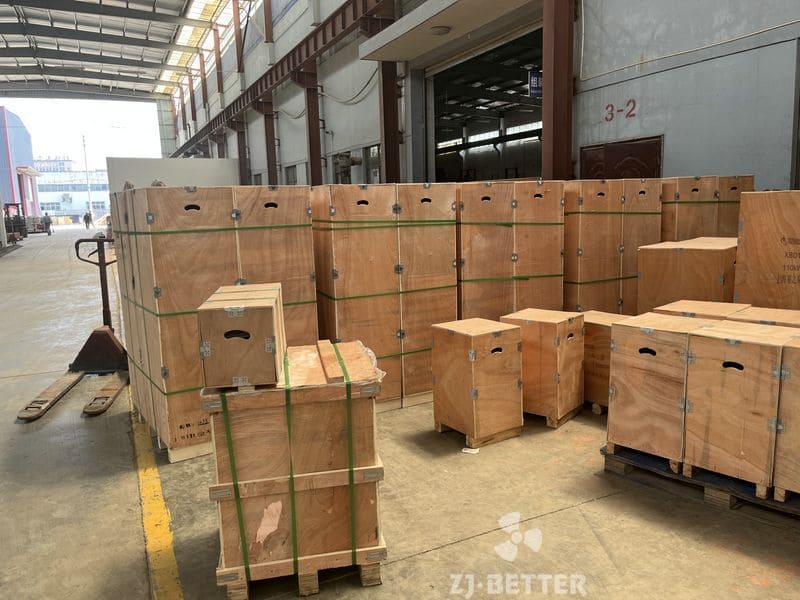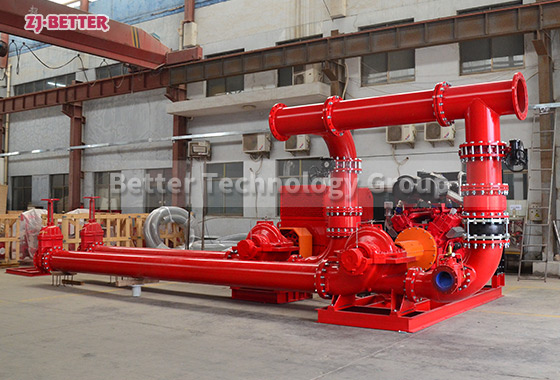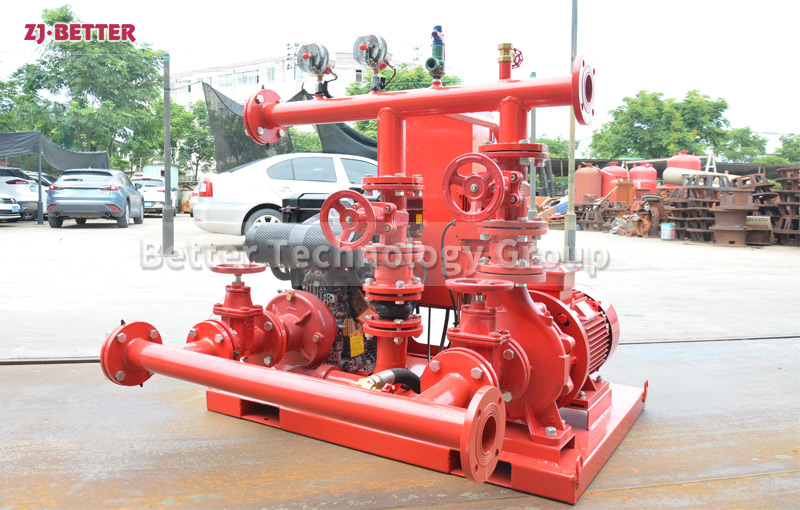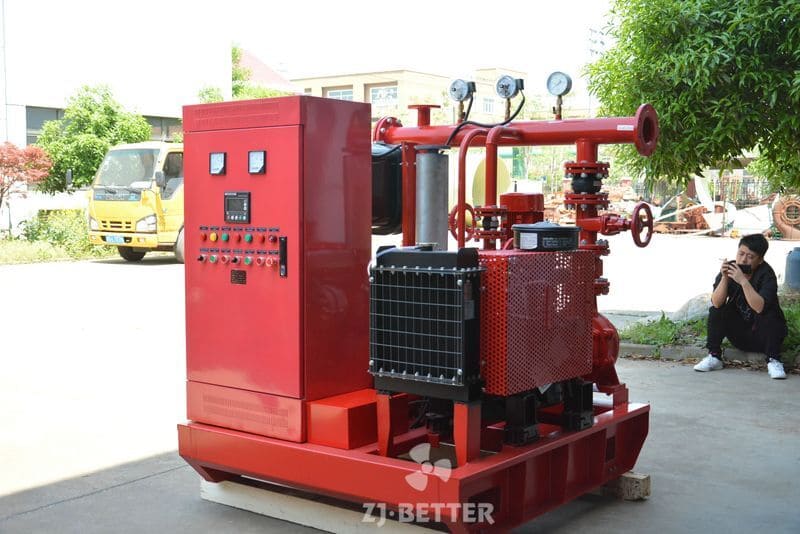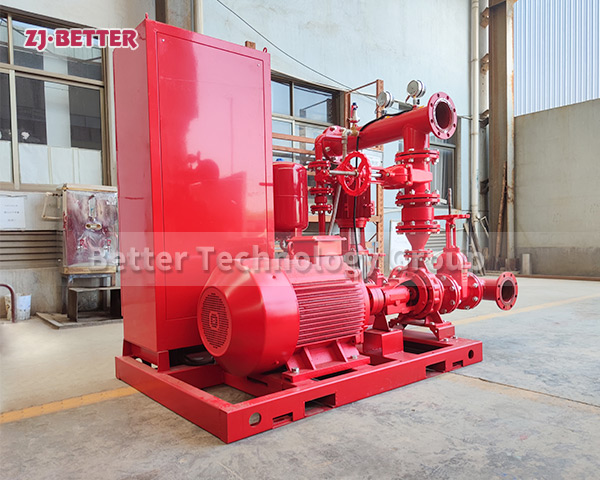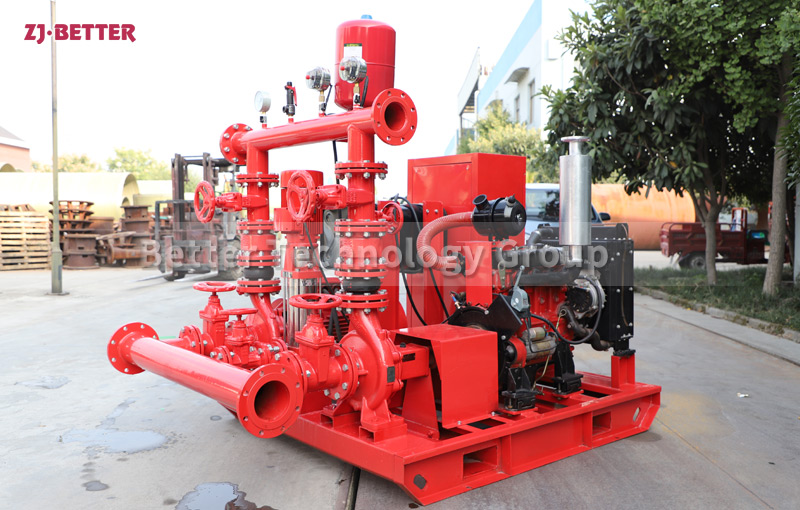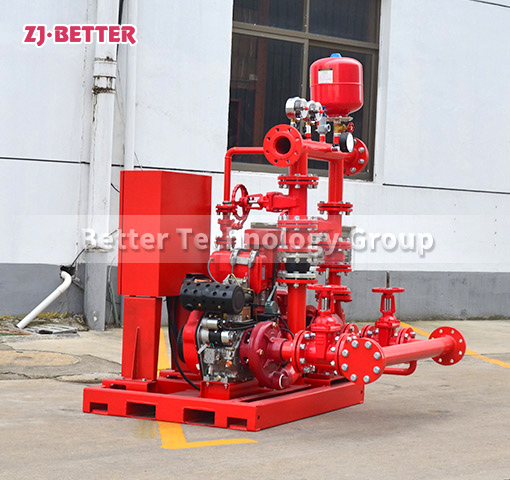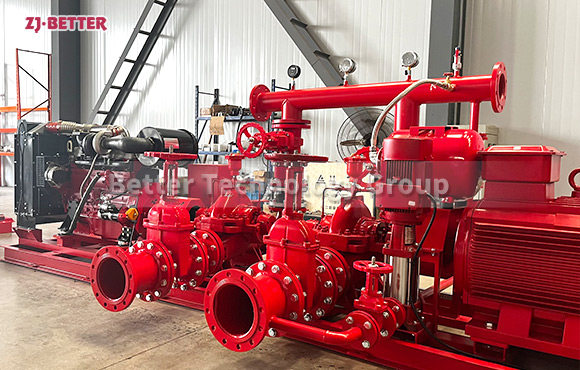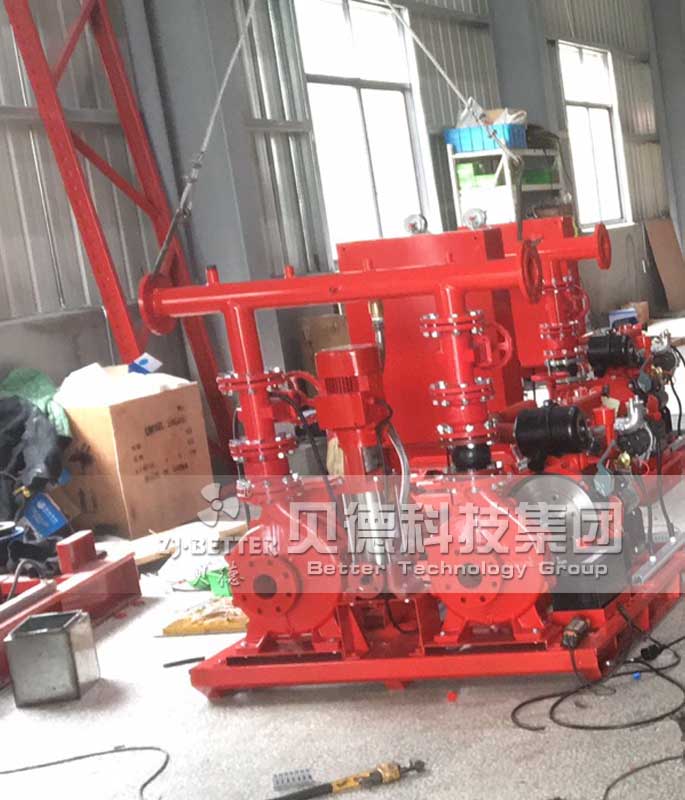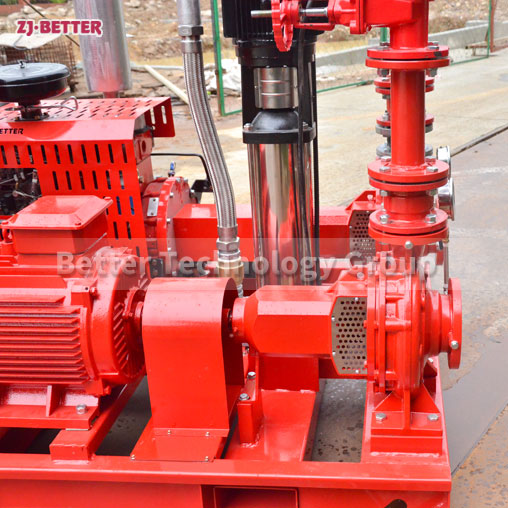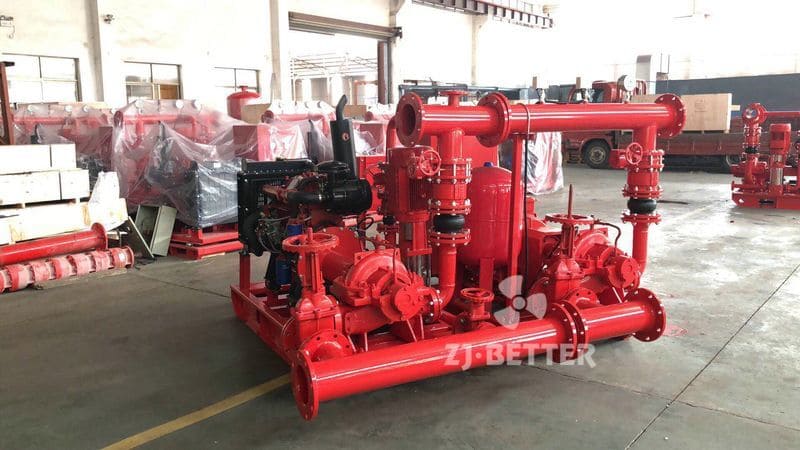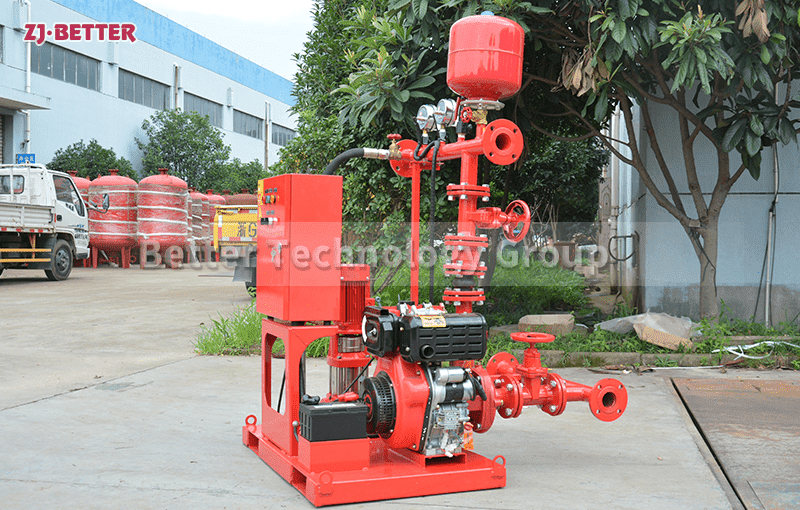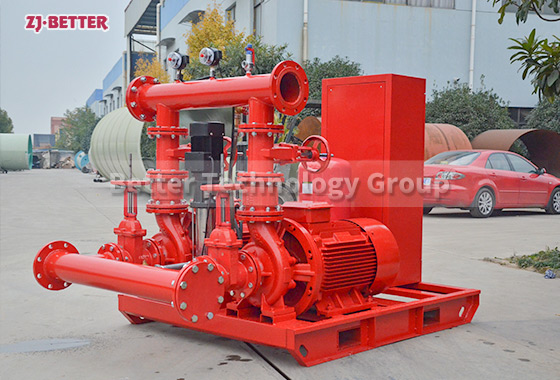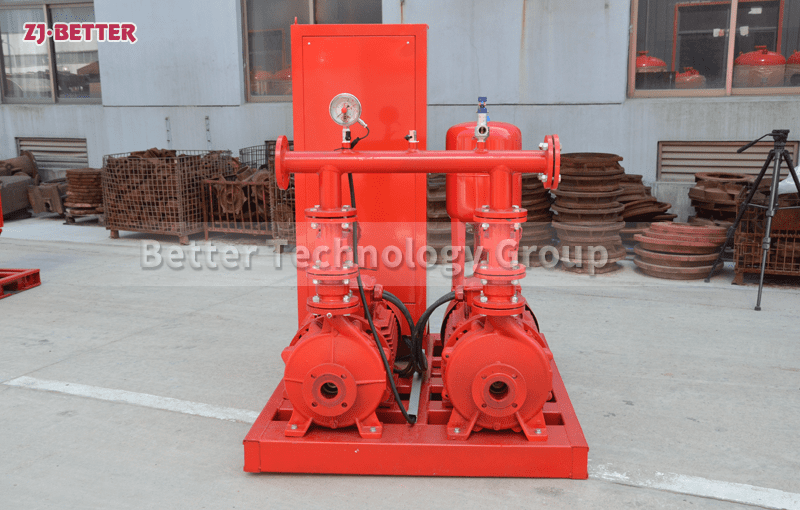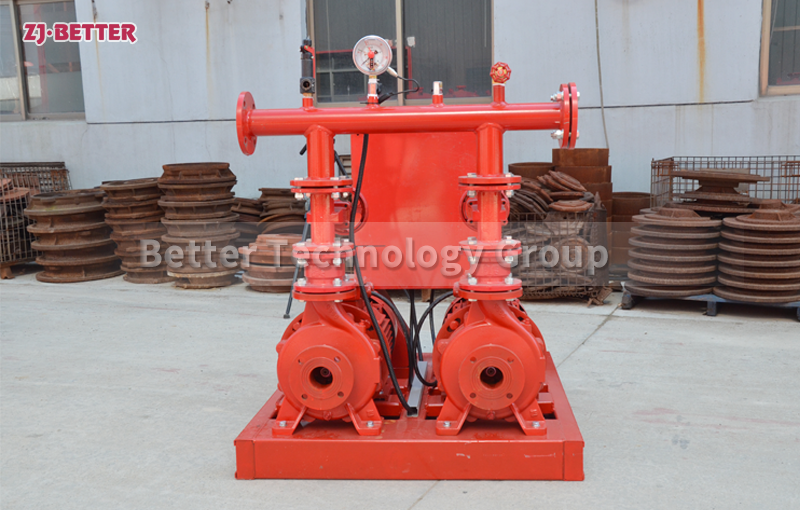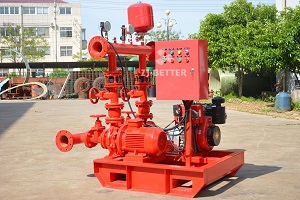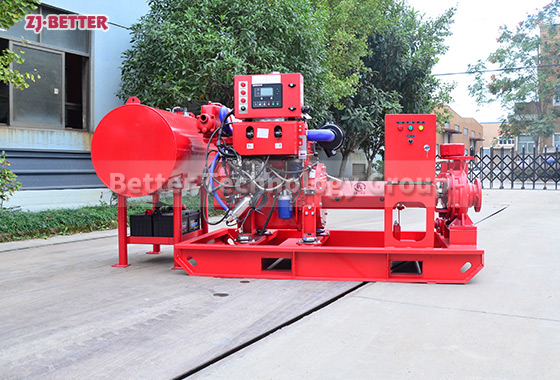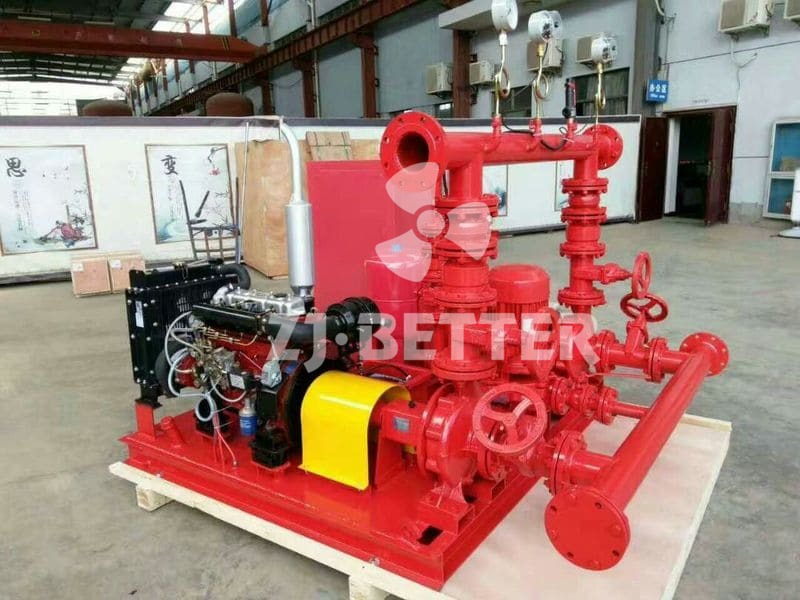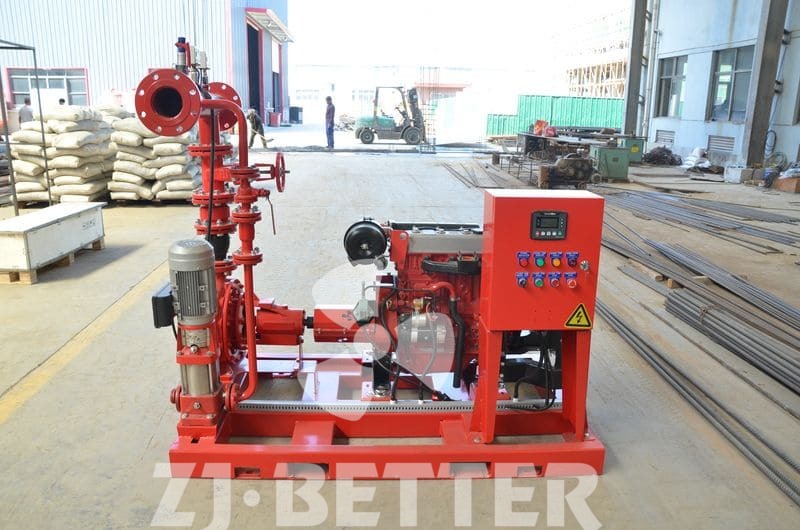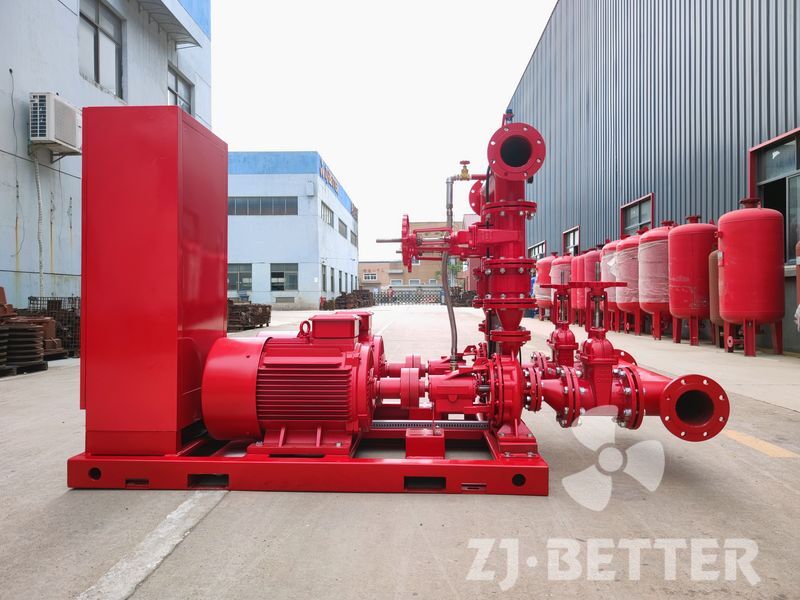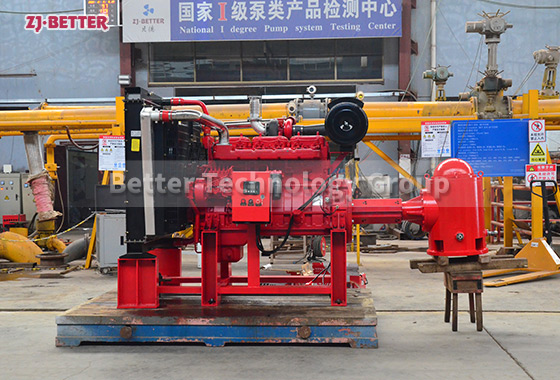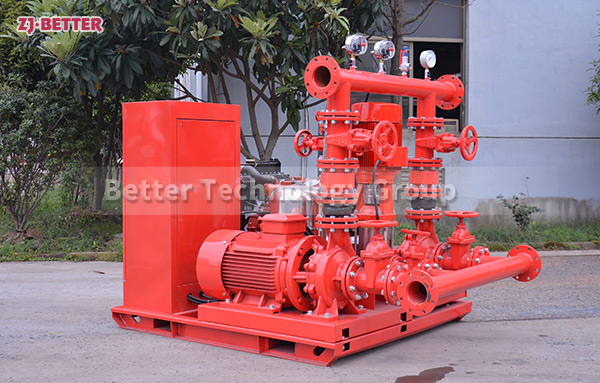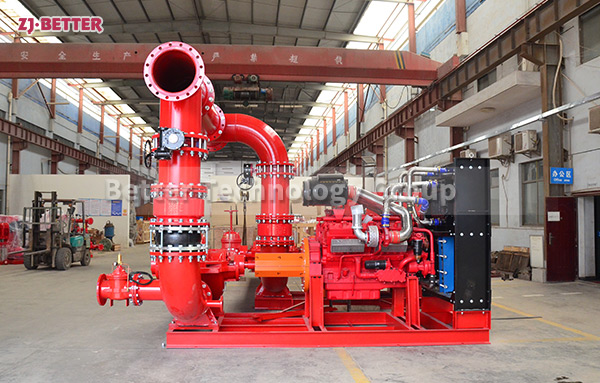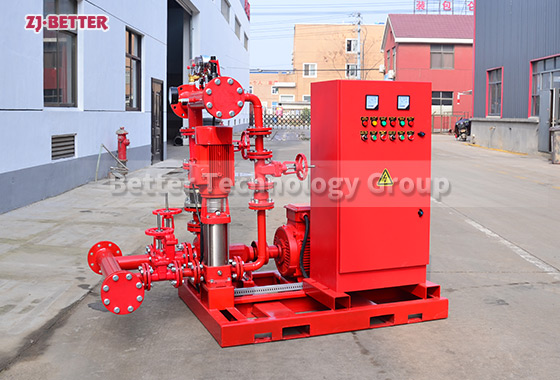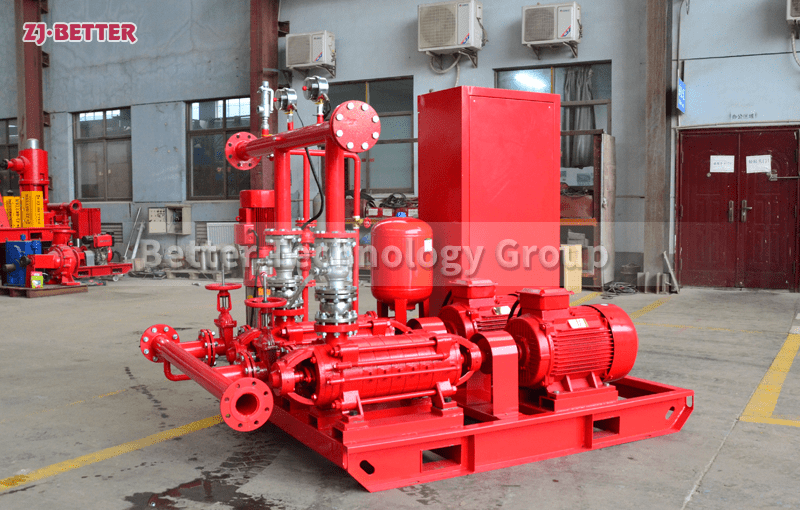Key Components of a Fire Pump System
Fire pump systems are comprised of various components, each playing a critical role in ensuring their proper function. Some of the key components include:
Fire Pump: This is the heart of the system, responsible for pressurizing the water and sending it to the fire protection devices.
Controllers: Controllers monitor the system, automatically starting the pump in response to a fire alarm signal and providing system status information.
Suction and Discharge Piping: Properly designed piping is essential for efficient water flow. Suction piping brings water to the pump, while discharge piping carries it to the fire protection devices.
Pressure Relief Valves: These safety valves release excess pressure to prevent damage to the system.
Valves: Various valves control water flow within the system, allowing for isolation, testing, and maintenance.
These components work in concert to provide reliable water distribution in case of a fire.
Fire pump systems are comprised of various components, each playing a critical role in ensuring their proper function. Some of the key components include:
- Fire Pump: This is the heart of the system, responsible for pressurizing the water and sending it to the fire protection devices.
- Controllers: Controllers monitor the system, automatically starting the pump in response to a fire alarm signal and providing system status information.
- Suction and Discharge Piping: Properly designed piping is essential for efficient water flow. Suction piping brings water to the pump, while discharge piping carries it to the fire protection devices.
- Pressure Relief Valves: These safety valves release excess pressure to prevent damage to the system.
- Valves: Various valves control water flow within the system, allowing for isolation, testing, and maintenance.
These components work in concert to provide reliable water distribution in case of a fire.

